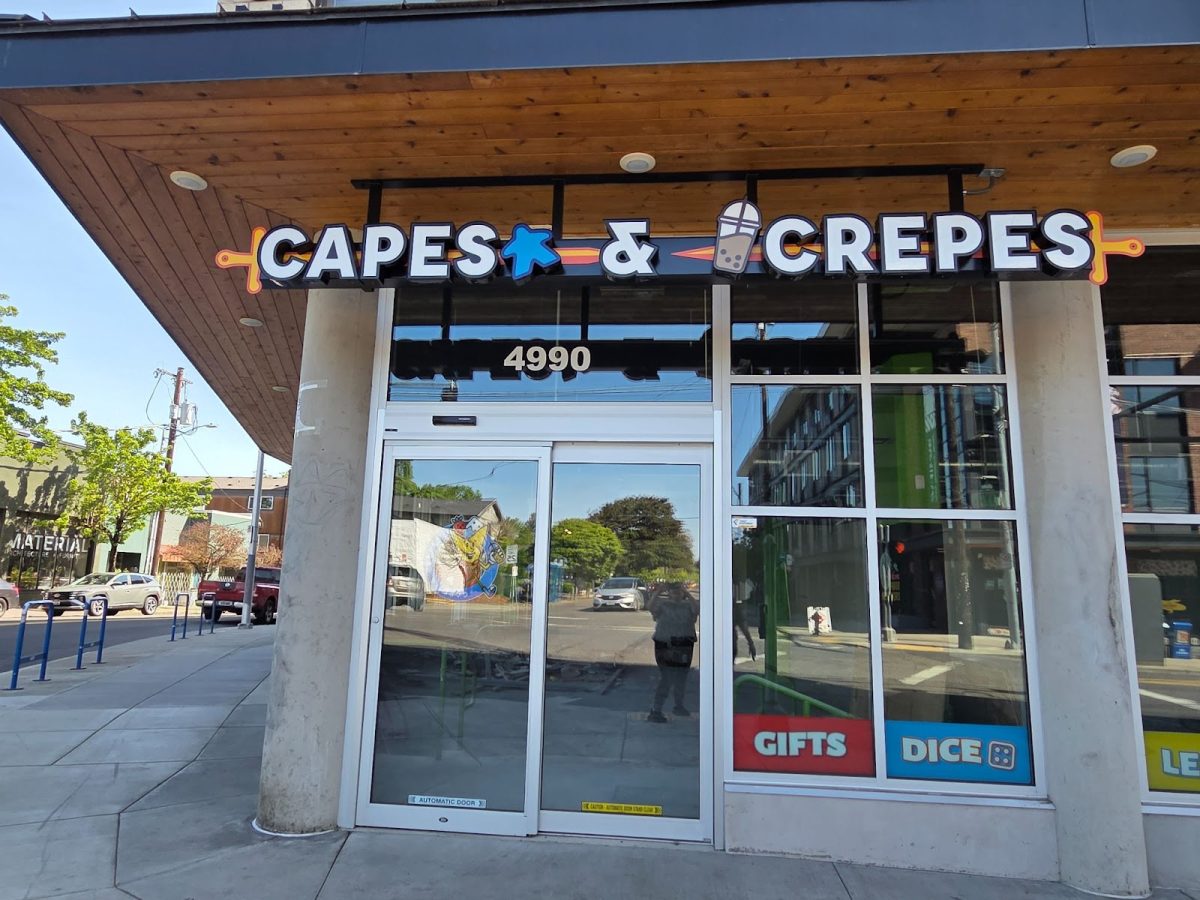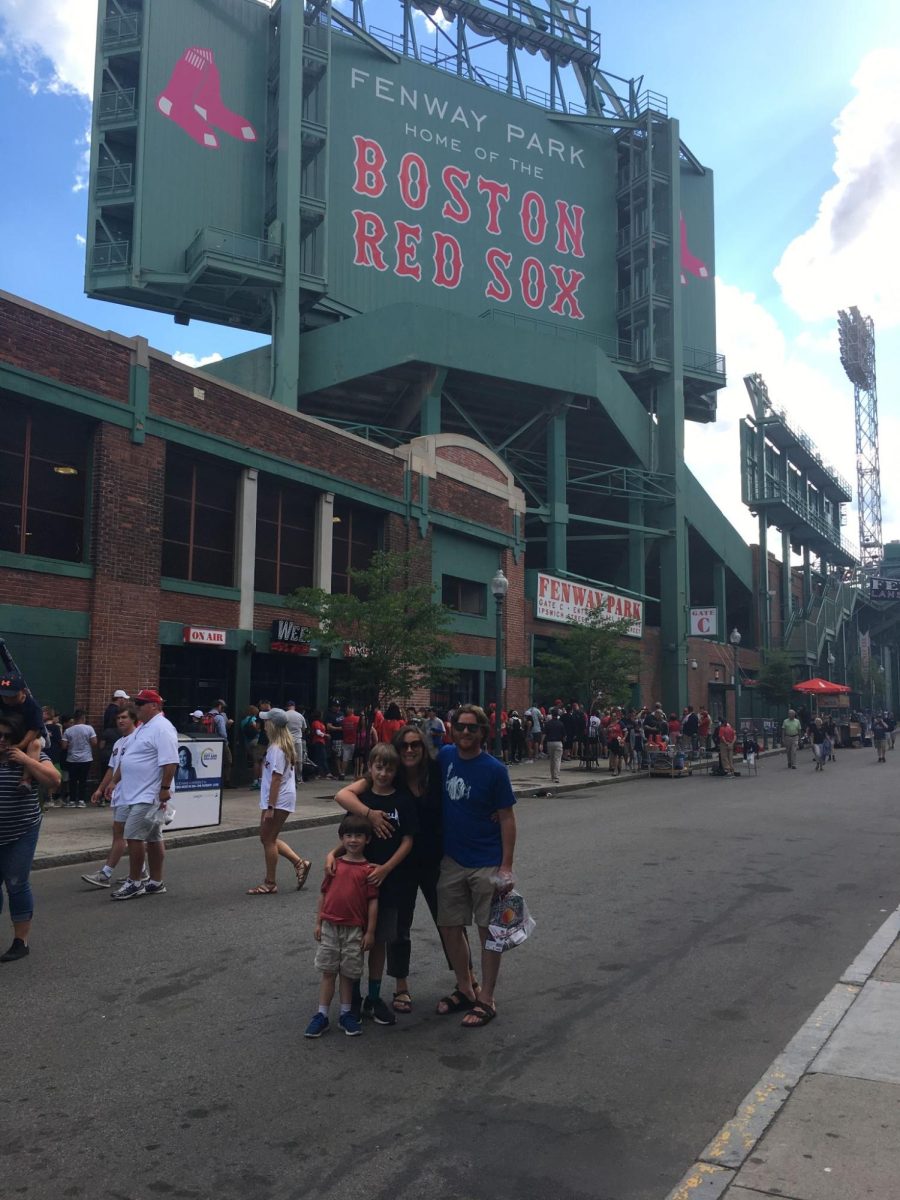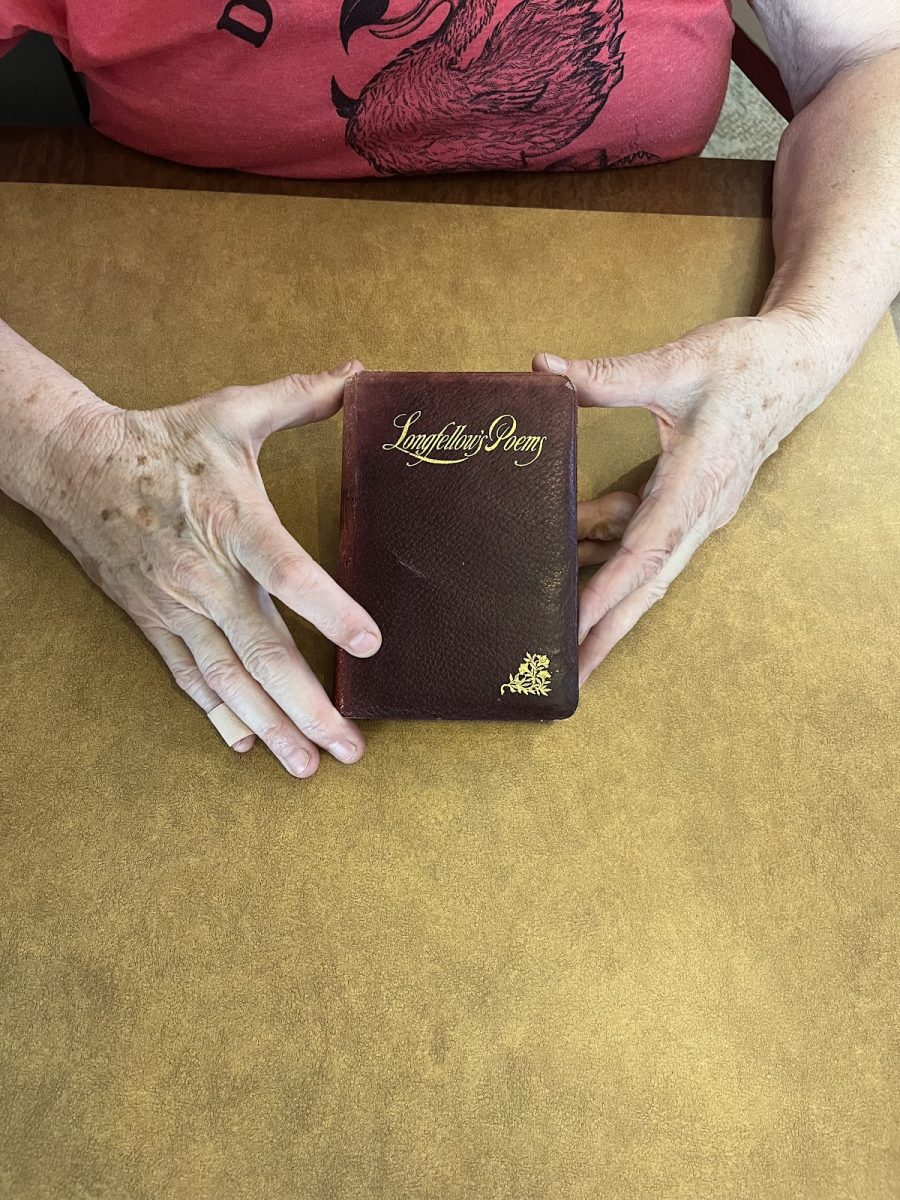Downtown is a vibrant and lively part of Portland, with eye-catching features like colorful art, fun shops, and tasty food. But hidden behind entrance ways and disguised as creative design is a serious problem: hostile architecture. It’s defined as a design strategy used in urban spaces, often public, as a means to restrict behavior, prevent crime, and keep areas clean. While in theory, this might sound good, it has led to the targeting of homeless communities. Buildings and cities will implement things such as spikes, bars on benches, sprinklers, and alarms to harm a group that already has enough problems trying to survive. It’s highly common to see this type of architecture in major cities and public parks, if you know what you’re looking for. Often, it is built in a way that hides its true intentions, instead being labeled as an artistic choice, or a solution to another problem. In entryways of many buildings, the floor in front of the door will be slightly slanted, making it hard for homeless people to lay down on. Or with benches, they can be curvy and called modern design, but still be impossible to comfortably rest on. Even worse, many benches will put an extra bar or ridges down to give a feeling of more separation between seats, like the ones in the pictures. But this is just a useless addition and lazy justification for what it really does: keeping homeless people off of them and wordlessly telling them, “you are not wanted here.”
Hostile architecture is also sometimes referred to as defensive architecture, usually by the people who are implementing it. CNN had two people, one for and one against hostile architecture, compare its pros and cons in their article, “The Debate: Is Hostile Architecture Designing People—And Nature—Out of Cities.” Dean Harvey, the founder of the UK hostile bench maker Factory Furniture, gives some of the arguments in favor of defensive architecture. He argues that it can discourage loitering and sleeping by the homeless, and potentially reduce drug drops. Not only that, but it is also a public safety tool that protects homeless people from harsh cleaning chemicals used by cities. Business owners also depend on it for deterring panhandlers from driving away customers. In contrast, James Furzer, an architect against hostile architecture, argues that it controls human behavior, can be seen as selfish and aggressive symbolism, and that designing buildings to deter people from using them is the opposite of what architecture should do. “If we designed a building where people didn’t want to stay for too long, because it’s hostile and uncomfortable, have we succeeded in our jobs as architects? I don’t think so,” says Furzer.
Regarding Harvey’s arguments, many of them can be debunked. Using hostile architecture won’t necessarily discourage loitering, as people can just stand or lean. And it certainly won’t reduce drug drops; people don’t need to sit down to exchange drugs for cash. Yes, implementing this architecture would reduce homeless people from sleeping in public spaces, but that’s cruel to do when there’s nowhere else for them to go. To call it a ‘public safety tool’ for homeless people is just insulting, when a lot of hostile architecture makes them have no good place to go that’s sheltered. And if business owners are losing business because of panhandlers, there are other solutions they can try instead of resorting to hostile architecture. They can invest in homeless shelters and soup kitchens, or call local shelters and ask them to help out their situation.
According to the New York Times article “‘Hostile Architecture’: How Public Spaces Keep The Public Out,” hostile architecture in many cities has gotten a ton of backlash from citizens, who say these measures aren’t necessary, and they’re hurting thousands of people given the recent homelessness crisis affecting the country. Aside from this aspect of the argument, hostile architecture also poses a possible danger to children, the elderly, and the disabled. Madeline Wright, a junior here at Franklin, weighed in with her thoughts on the issue, saying, “I think some of the measures are pretty extreme, I don’t agree with putting spikes and putting bars on benches because at the end of the day, they are still public property and they should be able to use the places that they have, as often times homeless shelters fill up.” She continued, empathizing with business owners who have trouble with homeless people affecting their business, “but I can understand why people would put obnoxious opera music, such as the Walgreens I went to yesterday.” She goes on to counter that however, saying “they could just be putting that money into homeless shelters.”
In a perfect world, we as a society would be tackling homelessness and ending it entirely. But this is far from a perfect world. Until then, the use of hostile architecture doesn’t solve anything in the long run, even when used. It just makes homeless people move from place to place. Hostile architecture is a product of the inhumanity rooted in our society. It shows the lengths corporations and governments will go to to actively exclude and hurt homeless people. And when these public spaces become unwelcoming towards these people, they become unwelcoming to everyone.


































